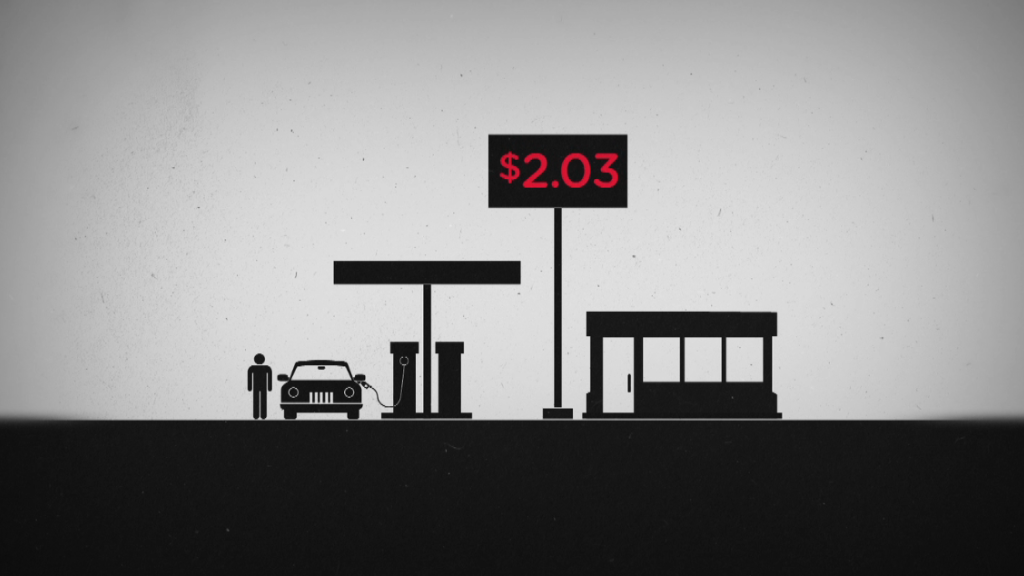
The dramatic crash in oil prices has returned with a vengeance.
U.S. crude futures dropped as much as 5% on Thursday, driving prices below $27 for the second time in recent weeks. It settled at $26.21, the lowest point since 2003.
The steady decline is creating a widespread headache for financial markets. It's causing energy companies' profits to plunge, raising worries about the prospect of bankruptcies in the oil sector and spooking investors about global growth. In total, crude oil has plunged an incredible 75% from its June 2014 peak of almost $108.
Related: Stocks sink following oil crash
U.S. stock markets followed by declining sharply. The Dow fell as much as 400-plus points and the Nasdaq moved closer to a bear market, or 20% below its most recent high point.
World markets also suffered. In Asia the Hang Seng (HSI) dropped nearly 4% Thursday. Major indexes in Europe were 1.5% to 3% lower after Sweden's central bank pushed its key interest rate further into negative territory at -0.5%.
Related: Fallout: Oil bankruptcies spike 379%
The International Energy Agency said earlier this week that it expects the global oil glut to grow throughout the year.
"With the market already awash in oil, it is very hard to see how oil prices can rise significantly in the short term," the IEA said in its monthly report.
Related: Don't expect oil prices to rise soon, IEA warns
Freed from sanctions, Iran ramped up its production to nearly 3 million barrels a day in January -- an 80,000 increase from December. Iraqi output reached a record high of 4.35 million barrels a day in January, and shipments from Saudi Arabia have also increased.
Many have been hoping that low oil prices would boost oil demand. But the IEA, which monitors energy market trends for the world's richest nations, is predicting a slowdown because of global economic headwinds.
Related: Janet Yellen says market turmoil and dollar could hurt economy
Fed Chair Janet Yellen acknowledged Wednesday that the global economy is facing challenges, but reiterated the U.S. central bank's plan to gradually raise interest rates.
Japan's central bank recently introduced negative interest rates in a bid to produce growth. China's central bank has spent hundreds of billions to prop up its currency and the European Central Bank could soon increase its stimulus program.


